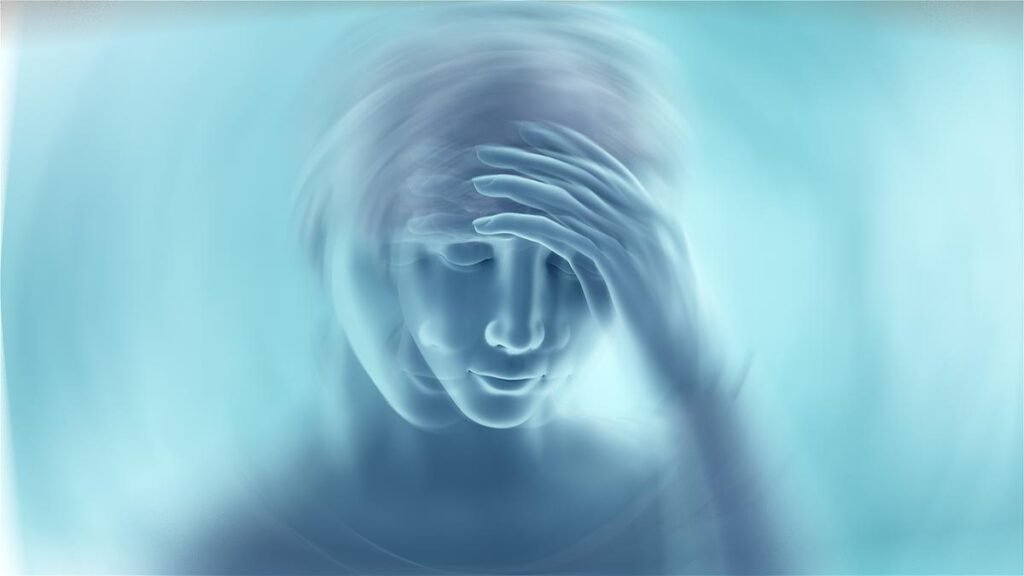Vertigo affects people across ages and backgrounds but it often goes unrecognised. Image used for representational purposes only
| Photo Credit: By http://www.scientificanimations.com – http://www.scientificanimations.com/wiki-images/, CC BY-SA 4.0, https://commons.wikimedia.org/w/index.php?curid=81575730
Many people, at some point in their lives, experience a strange, disorienting sensation — something that feels like the room is spinning, or their balance has suddenly vanished. In India, this is often brushed off as “weakness,” “low BP,” or simply being overworked. But what many don’t realise is that this experience, commonly known as vertigo, is not a condition in itself, but a symptom, and in many cases, it can be effectively treated.
Vertigo affects people across ages and backgrounds, but it often goes unspoken and unrecognised. It can appear suddenly or linger in episodes. One day, you may feel dizzy when getting out of bed; another day, it might happen while bending down to tie your shoelaces or turning your head too quickly. Some people feel nauseated, unsteady, or even anxious during or after an episode. What makes vertigo more distressing is how invisible it is — no fever, no visible injury, and so those who experience it are often not taken seriously.

Myths around vertigo
Further, it’s also unfortunate, that many myths continue to surround vertigo, especially in Indian households. These include:
It’s just stress or tiredness.
Only women get this — it must be hormonal.
There’s no cure, just adjust and live with it.
It must be because of low blood pressure or sugar.
Scans and tests are a waste for something like this.
Such layman opinions often contribute to delaying timely treatment. In truth, vertigo can often be traced to very specific causes, be it issues in the inner ear, nerve pathways, or certain kinds of migraines. The most common form, benign paroxysmal positional vertigo (BPPV), is caused when tiny crystals inside the inner ear are dislodged and trigger brief spinning episodes with head movement. The good news is that many of these conditions can be addressed through a thorough evaluation and targeted therapy. This clinical framework mirrors global best practice, where ear-related vertigo is promptly identified using bedside tests and vestibular labs, reducing over-reliance on imaging or long-term medications.

Addressing the root causes
Unfortunately, in many smaller towns, vertigo is still managed with symptomatic tablets and home remedies. These might help temporarily, but do not address the cause. Leading medical authorities, including the American Medical Association, emphasise that 80–90 percent of vertigo cases stem from peripheral (ear-related) causes. These are usually determined through clinical history and focused assessments. While central causes such as stroke, demyelinating disease, or tumours, must be excluded when neurological signs (vision changes, limb weakness, slurred speech) are present, they are significantly less common.
Vertigo deserves to be talked about without embarrassment or dismissal. It’s time we replaced myths with understanding, and hesitation with action. It is vital that when someone says, “the world is spinning,” they should be met not with disbelief, but with support and with solutions grounded in medicine, empathy, and evidence.
(Dr. Prabash Prabhakaran is director and senior consultant neurologist at SIMS Hospital, Chennai. prabashnair@gmail.com)
Published – July 23, 2025 04:40 pm IST

